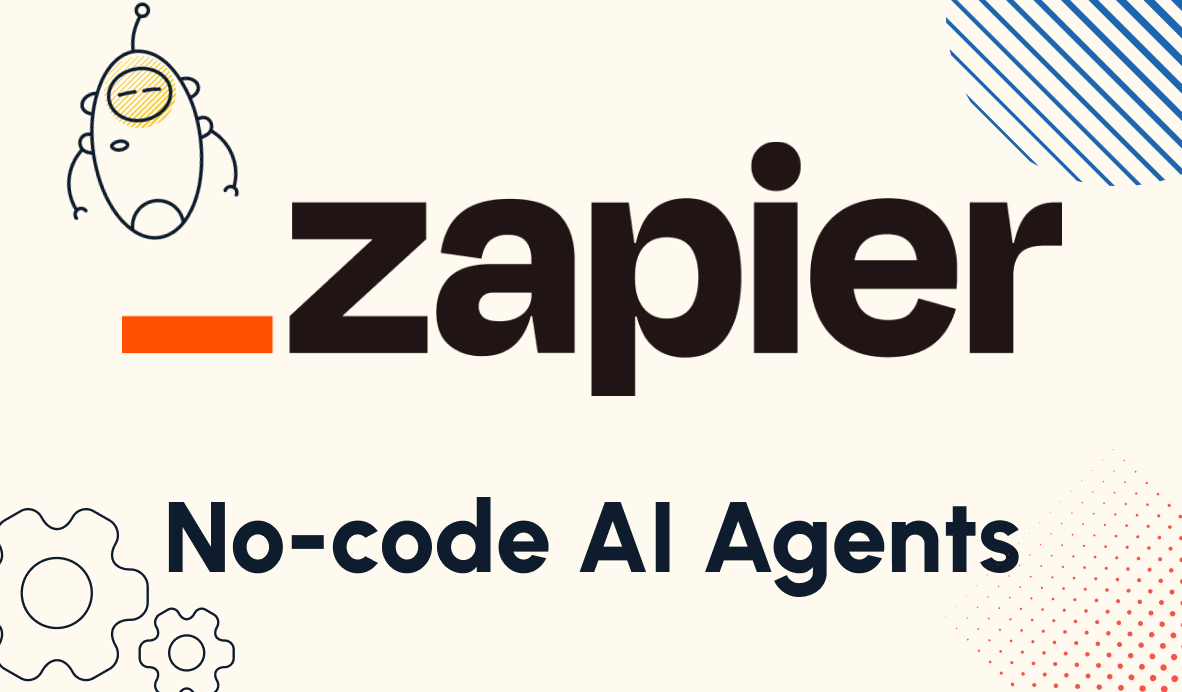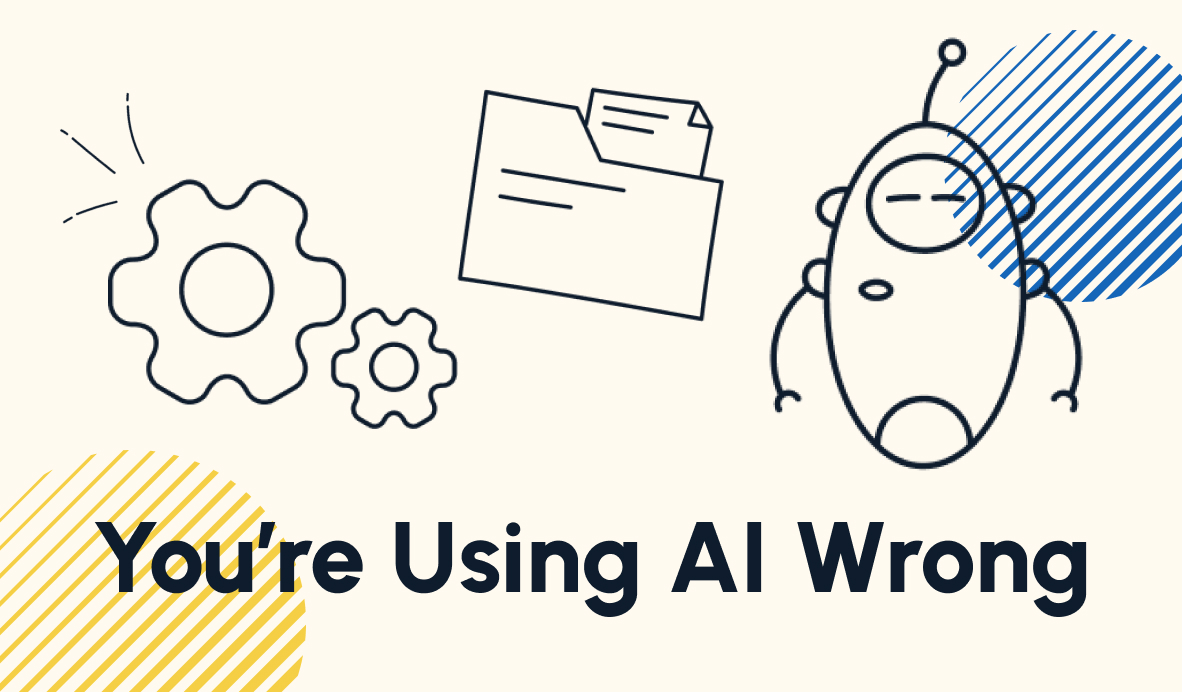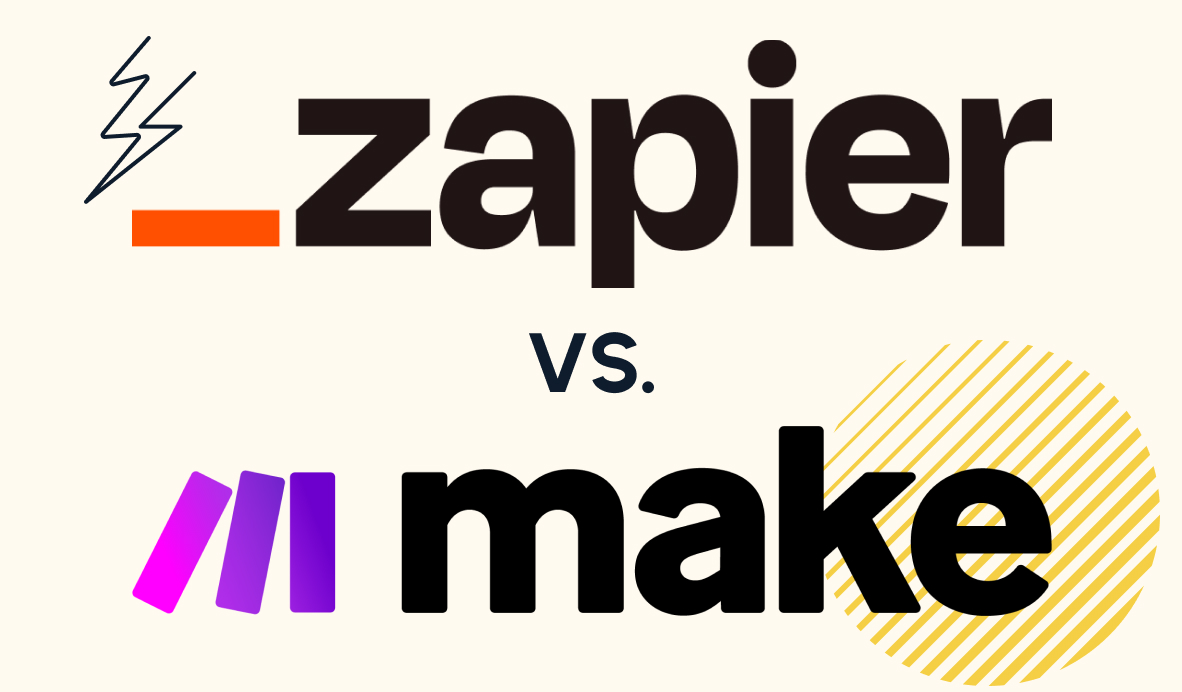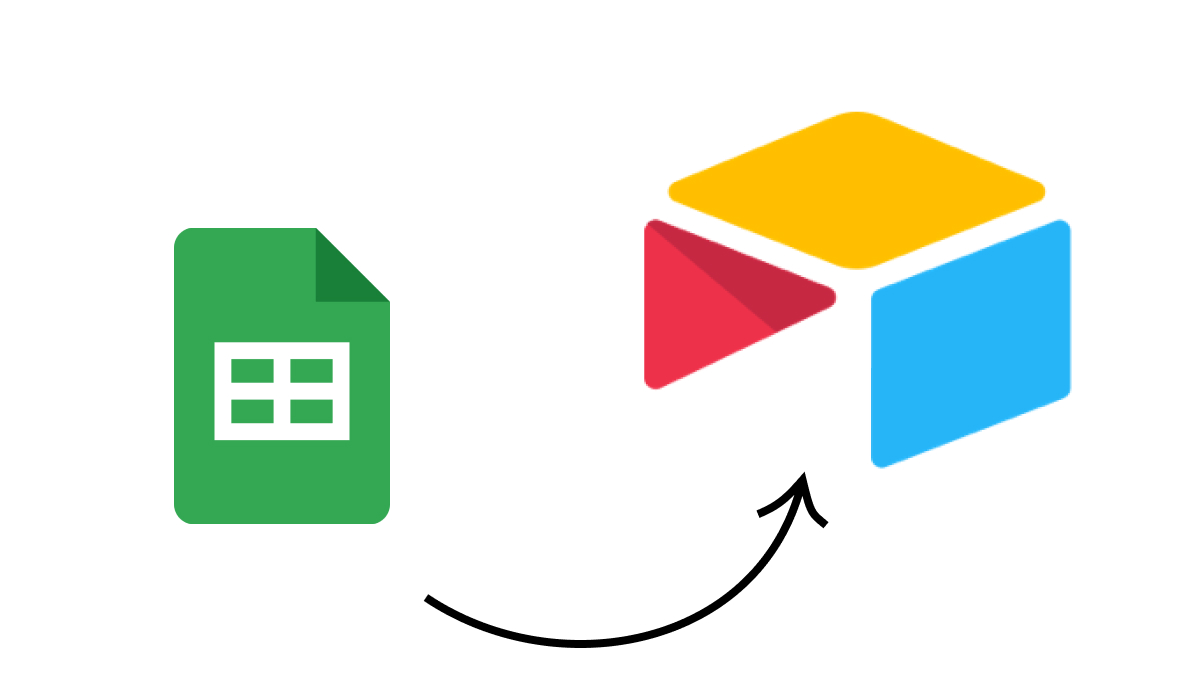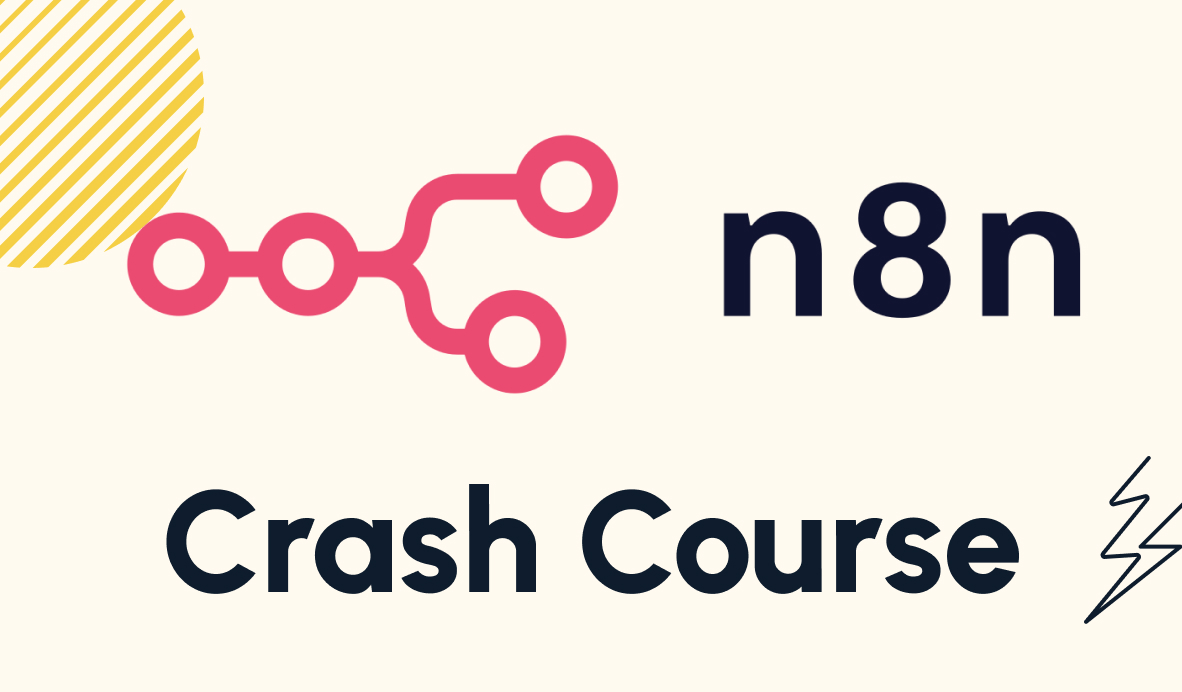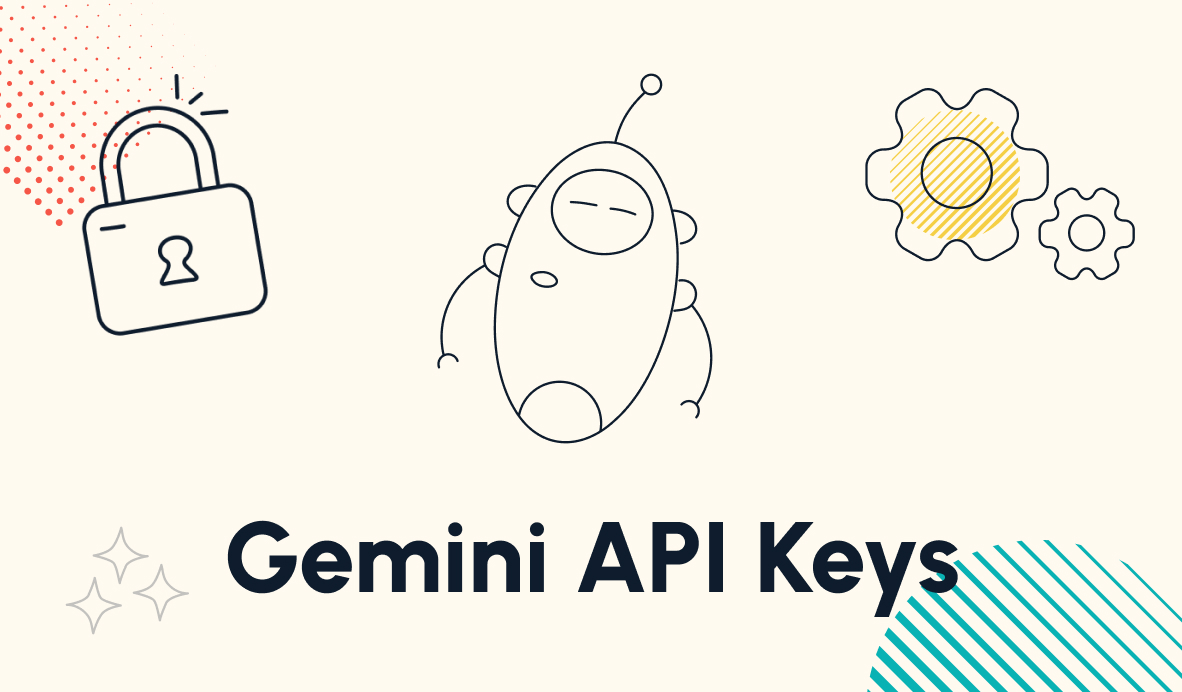Save Time with these 5 No-code Automation Tools
These apps will let you automate your daily work without any code required, making it easy to create more time for you and your team.
April 14, 2025

Are you tired of spending hours on repetitive tasks that could be easily automated? The key to scaling your operations isn't working harder—it's working smarter. With good workflow design and the right tools, you can multiply your productivity tenfold while reducing human error.
As a workflow consultancy that’s built thousands of automations for our members and clients at XRay.Tech, we've tested countless solutions. In this post, we’re sharing 5 of the best no-code automation tools that can transform your workflow and free up your valuable time.
1. Zapier: No-code automation powerhouse

When it comes to no-code automation, Zapier stands as the undisputed market leader. This powerful platform connects the apps you use every day, creating automated workflows (called Zaps) that trigger actions across your digital ecosystem.
How it works: When an event happens in one app, Zapier automatically initiates actions in other apps.

For example, when a lead fills out a form on your website, Zapier can instantly send a templated response via Gmail and alert your sales team in Slack.
With over 8,000 integrated apps, odds are that Zapier supports the software you use every day at work – Hubspot, Jira, Airtable, Salesforce, Microsoft Teams, Shopify, Google Sheets and many more are all covered.
Key features:
• User-friendly no-code interface with dropdown menus and simple text inputs
• Over 8,000 app integrations
• AI-powered automation builder
• Advanced capabilities for power users (filters, loops, custom code)
• Expanded features including Tables, interfaces, and chatbots (for additional fees)
While Zapier offers a free plan, it's quite limited. To unlock its full potential, you'll need to invest in a pro plan—but the time savings make it well worth the cost. You can check out the full pricing breakdown here.
Getting started with Zapier
To get started with Zapier and build your first Zap, you can check out our Zapier beginner’s guide here.
2. Make: cost-effective automation

If you're looking for Zapier-like functionality at a more budget-friendly price point, Make is your answer. This platform, formerly known as Integromat, delivers similar capabilities with a slightly different approach.
How it works: Just like Zapier, Make creates automated workflows that connect your apps, move data automatically, and execute actions based on triggers.

Key features:
• Over 2,000 app integrations
• More technical interface (slightly steeper learning curve)
• Superior visualization for complex workflows
• Generally more affordable than Zapier
• Focused solely on automation (no extras like interfaces or chatbots)
Make represents a no-frills alternative that's especially appealing for businesses looking to maximize their automation budget.
And while the total integration count is much lower than Zapier’s, Make still supports the vast majority of popular enterprise applications. You can do a quick search on XRay.Tools to compare support for your software between Zapier and Make to ensure that you’ll be covered.
Getting started with Make
You can check out our beginner’s guide to Make to learn the basics of the platform and build your first automated scenario.
3. Pipedream: Advanced options for low-code builders and engineers

For those who want to break free from a strict no-code environment and add some advanced functionality with custom coding, Pipedream offers the perfect middle ground.
How it works: Pipedream is similar to Zapier and Make in basic functionality, but with enhanced support for custom code and technical configurations.
They boast “code-level control when you need, and no-code when you don’t”, offering a best-of-both worlds approach that combines the speed and convenience of no-code with the technical functionality and precision of custom code.

Key features:
• Ideal for technically-minded users
• Powerful code editor with modern IDE features
• Support for multiple programming languages
• Fine-tuned technical settings like custom timeout windows – great for waiting on AI prompts!
• Fewer native integrations than Zapier, but users can build custom integrations

While not the best choice for strict no-coders, Pipedream is perfect for those who like to get their hands dirty with API requests and custom code while still leveraging the speed and convenience of a workflow builder for the majority of an automation.
Getting started with Pipedream
Just like with Zapier and Make, we’ve prepared a thorough beginner’s guide to Pipedream here. We’ll show you how to create an automation and add some basic custom code.
Get support for any no-code/low-code automation
Need some help setting up an automation?
With LowCodeEngineers, you can get one-on-one support from an expert low-code builder on a flexible, hourly basis.

Learn more and book your first hour at www.lowcodeengineers.com.
4. Whalesync: Database synchronization made simple

Moving away from workflow automation tools, Whalesync addresses a specific but critical need: keeping your databases in sync.
How it works: Whalesync creates automatic synchronization between different databases, ensuring your data stays consistent across platforms.
Just choose the two apps you want to sync, match up the fields in your databases, and choose a one-way or two-way sync. Then, Whalesync will run in the background whenever you add or update records in your databases, ensuring the two stay perfectly in step.

Key features:
• Simple setup process
• Options for one-way or two-way syncing
• Customizable sync frequency
• Background operation with no manual intervention required
If you've ever struggled with maintaining identical datasets across multiple platforms, Whalesync eliminates the headaches of duplicates, errors, and missing information.
However, you won’t be able to build multi-step workflows like you can with Zapier, Make, and Pipdream. Whalesync specializes in one function, and one function only: syncing databases.
Additionally, the number of supported apps is relatively low. Several popular apps have integrations, but the total count is about a dozen. You can find the complete list of integrations here.
Getting started with Whalesync
While we don’t have a complete beginner’s guide for Whalesync, we have prepared a couple tutorials on setting up syncs between specific tools. You can see first-hand demonstrations of syncing Notion and Webflow here, or a tutorial for syncing Notion and Airtable here.
5. Airtable: The foundation for your automations

Rounding out our list is Airtable—less of a standalone automation tool and more of a powerful foundation for your entire automation ecosystem.
How it works: Airtable functions as a highly flexible no-code database that can serve as the central hub for all your automation needs.
Though it resembles a simple spreadsheet app at first, Airtable offers much more powerful and flexible features than Sheets or Excel. Custom views, filters, formulas, and linked records make it an ideal database for managing the flow of data into and out of your automations.
You can use a Kanban view for your tasks, and trigger automations whenever a card moves into the ‘Complete’ column.
You can create custom forms that trigger new automations whenever a user submits a response.
You can create a database view for new client records and automatically send them a kickoff message.
These are just a few examples. With limitless customization, you can set up your Airtable bases however you want.

Key features:
• Easy database building with linked records and complex formulas
• Multiple view options (Kanban, timeline, gallery)
• Custom interfaces for team collaboration
• Native automation capabilities
• Perfect operational database (ODb) for other automation tools
• AI fields to generate and analyze content at scale
Bonus recommendation: Pair Airtable with Softr to transform your database into a fully functional no-code web app, complete with user sign-in and payment processing capabilities.
Getting started with Airtable
We’ve prepared a 2-part beginner’s guide for Airtable to show you all of the app’s functionality. Check out part 1 of the guide here to create and set up your first base, then explore part 2 for a deep dive into features like automation and interfaces.
Boost your daily work with time-saving automation
These five tools represent the best options available for businesses looking to implement no-code automation. Whether you're just starting your automation journey or looking to enhance your existing systems, these platforms offer the functionality you need to multiply your productivity.
Remember: the goal of automation isn't just to save time—it's to create time for the meaningful work that drives your business forward. Start exploring these tools today, and discover how much more you can accomplish when you find your focus and stay in flow.


